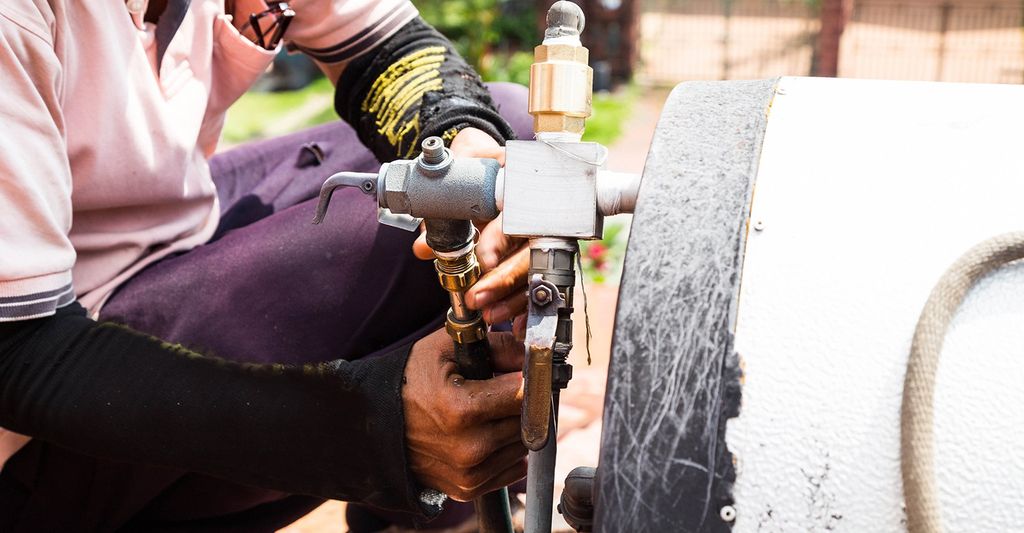
Top 10 Tankless Water Heater Installers near you
These are the top 10 pros for your job.
Reviews for tankless water heater installers
Sunil P.
Aaron is truly a master plumber who has an incredibly thorough knowledge of his craft, the latest trends and technology especially as he helped guide me through an exterior tankless water heater install with a recirculating pump.
He picked up my call super late when there was some running water on a fixture that was not tightened properly by GC and I was glad I am doing my finish work on this remodel with Aaron and his team.
He powered through this and he might not have known that I really needed a good result here as we close out this remodel - he got us nearly instantaneous super hot water and went above and beyond and for that I am very grateful.
We have some other smaller plumbing projects that I am looking forward to finishing with him - you quickly get the feeling that Aaron is able to take your plumbing woes away and there is a tremendous value proposition that he brings. I appreciate that he is unflappable and is not as excitable as myself and that actually put me at ease from the outset.
A++ highly recommend and if you get a chance to work with them, you will understand more clearly what advantages and level of security working with a master plumber who stands by his work brings.
Many thanks!!
Ready to find a pro?
See more reviews, compare prices, and hire your favorite pros all with Thumbtack.
There are 10 five star Tankless Water Heater Installers in on Thumbtack.
Why hire professionals on Thumbtack?
Free to use
You never pay to use Thumbtack: Get cost estimates, contact pros, and even book the job—all for no cost.
Compare prices side-by-side
You’ll know how much your project costs even before booking a pro.
Hire with confidence
With access to 1M+ customer reviews and the pros’ work history, you’ll have all the info you need to make a hire.